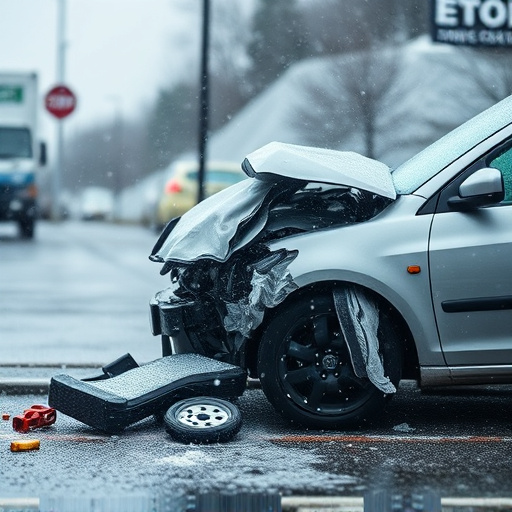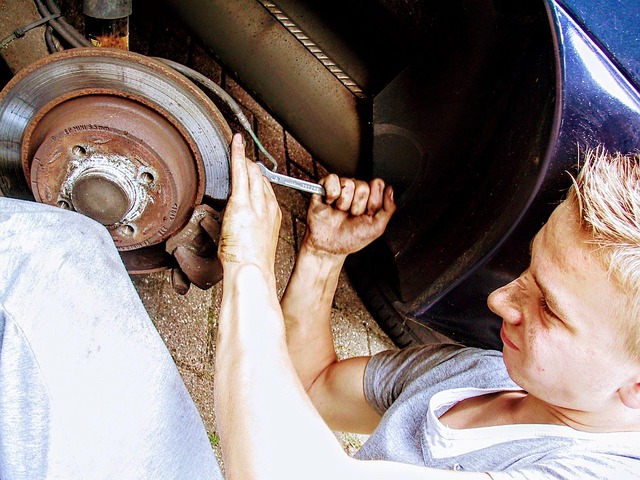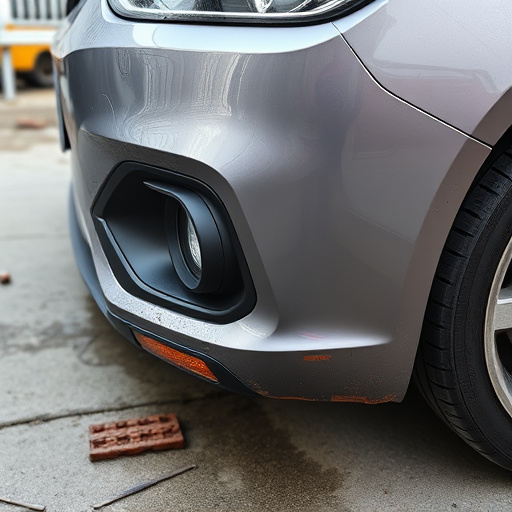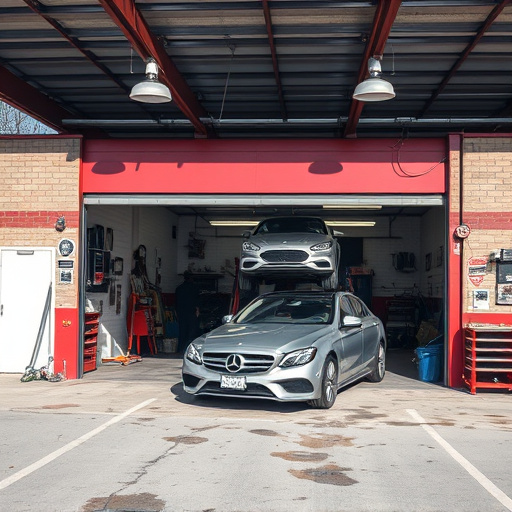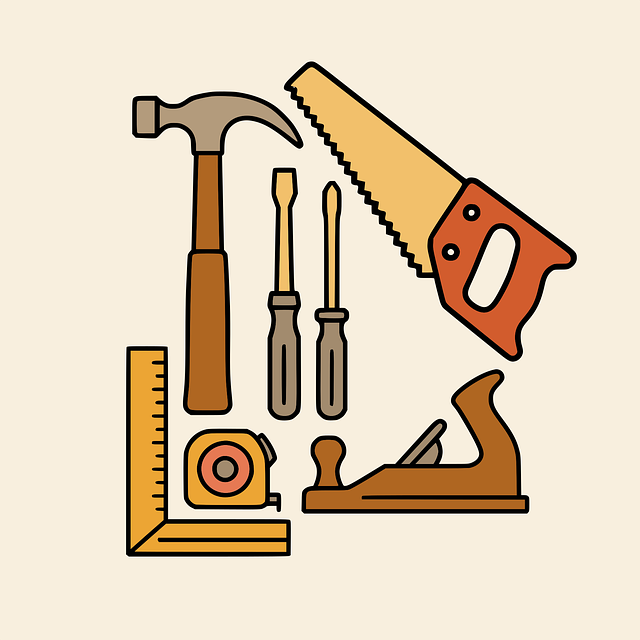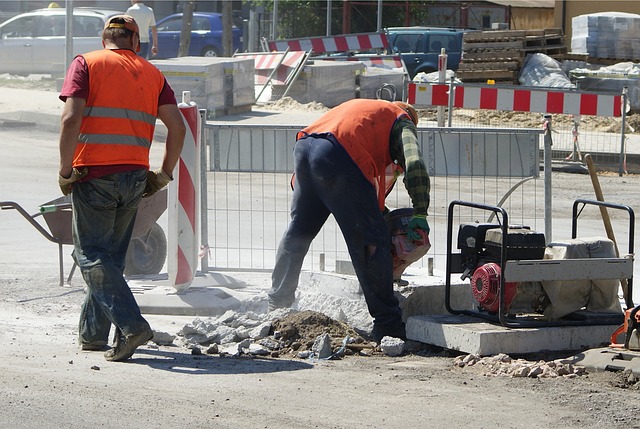Axle damage from accidents can cause serious safety issues. Prompt professional auto repair for axle replacement and alignment is vital to restore vehicle handling, braking, and drivability. This process involves inspection, removal of damaged parts, replacement with new or refurbished components, and road testing. After an accident, prioritize comprehensive repairs including axle, frame, and paintless dent repair for optimal vehicle condition, safety, and reliability on the road.
After a collision, rear-wheel drive vehicles often suffer significant damage, particularly to their axles. This article guides you through the process of repairing your vehicle’s axle after an accident. We’ll delve into understanding common types of axle damage, providing a step-by-step repair process, and ensuring optimal safety and handling post-repair. Learn how to effectively navigate this crucial aspect of auto maintenance following an unexpected event.
- Understanding Axle Damage After an Accident
- The Step-by-Step Process for Axle Repair
- Ensuring Proper Safety and Handling Post-Repair
Understanding Axle Damage After an Accident

After an accident, it’s crucial to understand that rear-wheel drive models can suffer various types of axle damage. Axles play a vital role in the vehicle’s overall performance and stability, so any issues need prompt attention. Common types of damage include bent or broken axle shafts, damaged u-joints, and misaligned axles. These problems can arise from impact forces during the collision, leading to safety hazards if left unaddressed.
Seeking professional auto repair services is essential for accurate diagnosis and effective axle repair after an accident. Auto body shops with experienced technicians utilize specialized tools and equipment to assess and fix these issues. Proper repairs ensure your vehicle’s handling, braking, and overall drivability are restored, providing peace of mind on the road.
The Step-by-Step Process for Axle Repair

After a rear-end collision or other accident, axle repair after accident is often crucial for safe and reliable vehicle operation. The step-by-step process begins with a thorough inspection. This involves visually examining the axle for any visible damage, as well as using diagnostic tools to check for any internal malfunctions. Once identified, the damaged axle components need to be removed, ensuring proper safety precautions are taken due to potential sharp edges and heavy parts.
Subsequent to removal, the damaged parts should be replaced with new or refurbished ones. This includes bolts, bearings, gears, and other related components. The process demands precision, as misalignment can lead to future issues. After assembly, road testing is vital to ensure the car handles smoothly and safely. Auto body services that specialize in axle repair after accident are best equipped for these complex repairs, ensuring your vehicle returns to optimal condition after any car damage repair.
Ensuring Proper Safety and Handling Post-Repair

After undergoing axle repair due to an accident, ensuring proper safety and handling is paramount. Before hitting the road, thoroughly test all components to guarantee they function optimally and securely. This includes checking the alignment, balancing the wheels, and inspecting any signs of wear or damage. A professional mechanic can perform these checks using specialized tools, ensuring that your vehicle steers straight, brakes evenly, and handles predictably.
Proper repairs not only secure your safety but also maintain the overall integrity of your car’s structure. Services like auto frame repair and paintless dent repair are valuable for restoring not just the axle but also other affected parts of your vehicle. These techniques preserve the car’s original finish and structural integrity, enhancing both its appearance and performance on the road.
After a rear-end collision or similar accident, proper axle repair is crucial for ensuring safe handling and reliable performance of your vehicle. By understanding potential damage, following a meticulous step-by-step process, and prioritizing safety post-repair, you can effectively navigate the axle repair after an accident for rear-wheel drive models. This ensures your vehicle returns to its pre-accident condition, maintaining stability and control on the road ahead.


